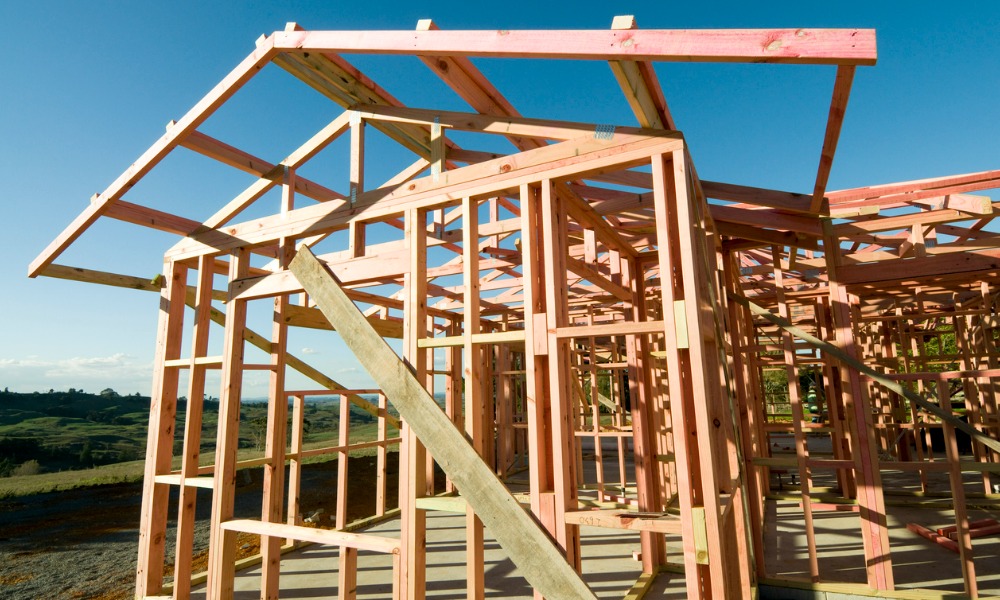Over 3,000 apartments will create Maungārongo over the next two decades

In response to New Zealand’s housing crisis, 40 apartment buildings featuring a unique mix of sustainability, a distinctly Māori-oriented design, and cooperation with the local iwi will be constructed over the next 20 years.
Read more: Rangiora's largest housing development officially breaks ground
The construction of the first of more than 3,000 apartments will commence in July, on nearly 11 hectares of land alongside Unitec in Auckland’s Point Chevalier.
The huge project, backed by Kiwibank, will give rise to a planned, green suburb called Maungārongo that will eventually host more than 3,000 apartments in the next two decades, including its first apartment block, called Toi, a brick-clad, seven-storey building housing 65 units, underpinned by commercial spaces on the ground floor, with prices ranging from $530,000 to $875,000, NZ Herald reported.
Read next: Development of high-rise Auckland tower approved
The brainchild of Kiwi urban regeneration developer Ockham, working closely with Hauraki iwi collective, the project has a unique flavour that co-founder Mark Todd predicts will achieve international recognition.
Maungārongo is unique in that it will have limited access and parking for cars, while being close to public transport hubs.
“It’s modelled on quality, compact European city centres,” Todd said. “The roading network is very limited but the walking and cycling network through those apartments is second to none. Residents won’t have to drive every day, because the community is designed to supply everything they need without having to get in their car.”
Sustainable living is encouraged and made easier in Ockham build communities, principally through living closer to work and recreation.
Sustainability is a top consideration when choosing construction materials, with facades made of brick or pre-cast concrete for durability and low maintenance, plus innovative German hot water systems that output 7.5kW for every 1KW of energy input. Every building would also feature rainwater harvesting along with over-spec insulation.
“The cool things that matter for us are longevity and having ongoing maintenance costs as close to zero as we can,” Todd said.
Another stand-out feature of Maungārongo is its design.
“When it turns up in international magazines in 10 years’ time, you will be able to see it’s unique to New Zealand,” Todd told NZ Herald. “This could not have been built in Copenhagen or Canada. It’s distinctly Māori in its design. It's in everything you touch and see and even smell as you walk through the buildings, street ways, lanes, and plantings. It’s a very detailed design response in sync with Māori design frameworks.”



